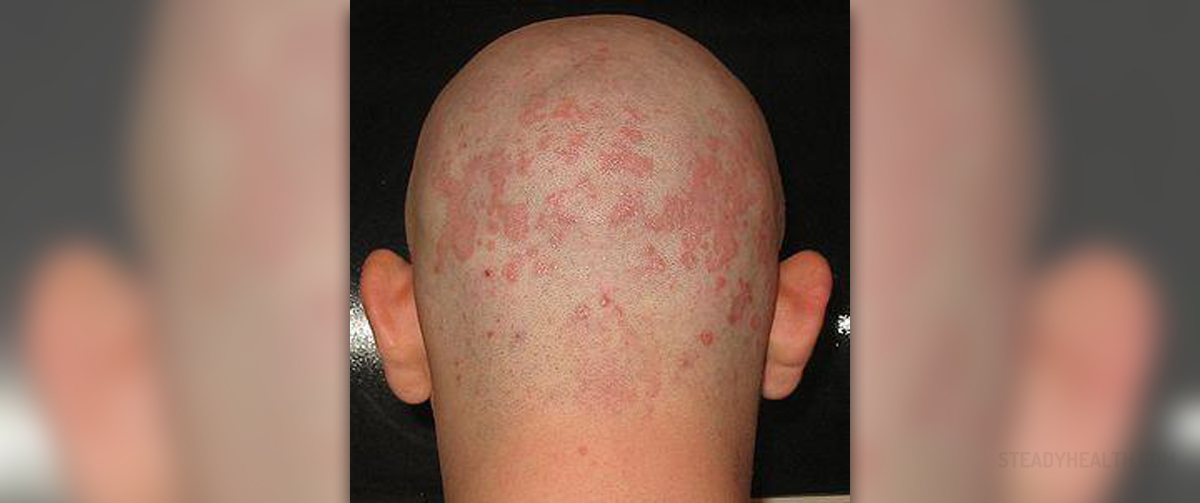
Seborrheic dermatitis is one of many skin conditions and one of several types of dermatitis. This papulosquamous disorder affects the skin areas rich in sebaceous glands such as the scalp or the inner ear. The inflammation of the affected skin is initially in a form of dry skin which eventually starts to peel (gets covered with flaky scales).
This skin disorder is frequent among babies and infants. Even though parents seem to be quite worried about their child and his/her skin issues, the condition is generally not so severe and with adequate methods can be brought under control. The cure for seborrheic dermatitis, however, still does not exist.
Seborrheic Dermatitis Causes
Similarly to many skin conditions the actual cause of seborrheic dermatitis remains unknown. Scientists, however, believe that genetics may play an important role in the disease occurrence.
On the other hand, some potential triggers of the disorder and worsening of the already existing symptoms have been identified. These include the specific level of hair cleanliness, stress, climate changes, obesity and associated skin disorders.
Seborrheic Dermatitis Clinical Characteristics
The affected skin is dry and covered with flakes of scales. There are also greasy/oily areas, slight skin redness and in some cases one may even suffer from hair loss. The skin is usually itchy.
As previously mentioned this skin disorder affects skin portions rich in sebaceous glands, so it may develop on the torso, but it is mostly located to the scalp and some parts of the face.Seborrheic Dermatitis Treatment and Prevention
Since there is no definitive cure for seborrheic dermatitis, doctors experiment with certain medications trying to bring the symptoms and signs of skin inflammation under control.
The most affected part of the body, the scalp, is treated with medicated shampoos containing mild ketoconazole. Additionally, one may be prescribed a mild topical corticosteroid cream or mousse. As for babies, their scalp is treated with mild shampoos and only if the disease is quite severe a doctor may opt for a mild corticosteroid cream.
Both treatment and prevention of seborrheic dermatitis can be achieved with creams or ointments containing different efficient ingredients like selenium sulfide, pyrithione, tar, zinc and salicylic acid. Patient's dermatologist will recommend the most convenient treatment solution.
A combination of mild, medicated shampoos and creams/ointments is the best option for managing the condition. Together they alleviate itchiness and reduce dandruff.
Finally, after the condition is brought under control, the doctor will recommend preventive treatments which continue on a regular basis, preventing the disease recurrence.



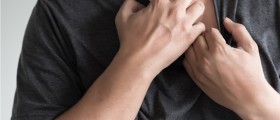
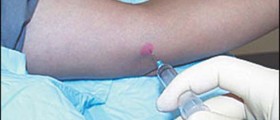
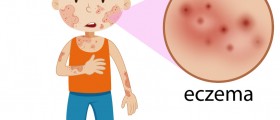
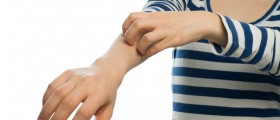

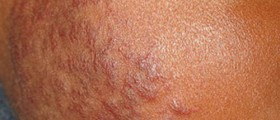

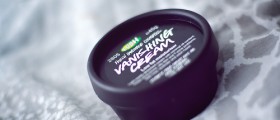

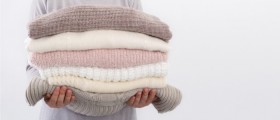
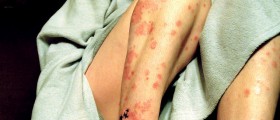
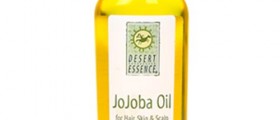
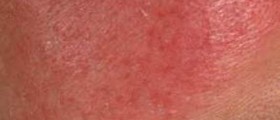

Your thoughts on this
Loading...